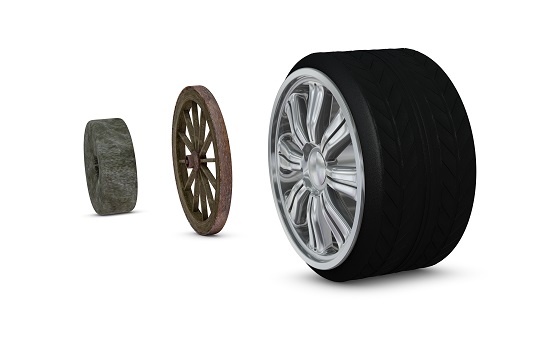2016 Auto Insurance Report National Conference: Key Takeaways

If you ask industry pundit Brian Sullivan what’s the state of the auto insurance industry right now, he’s not going to be at a loss for words. For the last 23 years, he’s been publishing the Auto Insurance Report; since 1998, he’s been organizing the conference that goes with it.
So what did this year’s Auto Insurance Report National Conference reveal? Here are our takeaways.
More miles, bigger losses, greater churn, higher rates
These four ideas are intimately related. To begin, there’s a direct correlation between total U.S. miles driven and claims. Due to a stronger economy and cheaper gas, mileage will continue to rise through 2016. As a result, so will losses.
Interesting enough, but the story goes on. The correlation is related to yet another pair of events: with more claims comes more churn, which in turn brings higher rates. Customers tend to shop insurance after filing a claim; even if things turned out in their favor, churn is high during the 6-12 months following an accident. And for the insurer, churn is expensive. Higher rates are the result.
Shoppers aren’t going back to the same-old, same-old
With claims frequency at a high and rates climbing in response, the market is no longer as stable as we’ve known it to be. Customers will be shopping more than usual through the next few years, and they’re not going to confine themselves to old-school channels. Innovation is hot in auto insurance sales channels, where comparison websites have fundamentally changed the game.
It’s not to say the online model is a walk in the park. Selling auto insurance online is tougher than selling ads, as Google recently found out. Still, that doesn’t mean it’s going away. The genie is out of the lamp. Aggregators are here to stay, and we can expect new additional channels to pop up in their wake.
Bindable insurance puts active insights in insurers’ hands
Online quoting was just the first step in this evolution. We’re now standing on the doorstep of active insights garnered from dynamic data—yet another game-changer.
What do we mean by active insights? When third-party data vendors push information to insurers in real time, whenever changes in customer data occur, they build a whole new vantage point for insurance risk analysis. Insurers get an informed view of the customer before they invest any time or money into preparing a quote.
“Eventually this will be standard practice, just like prefill,” said Sullivan. “Be sure you’re engaged at every level with every data provider.”
Which brings us to the bottom line.
The auto insurance model is changing, obviously. And the speed of change is only going to increase. Now is the moment to build an adaptable insurance software platform that can evolve with it, so you’re ready for what the future holds. On that count, we’re here for you. Download our “Losing Your Legacy” report to learn more.
